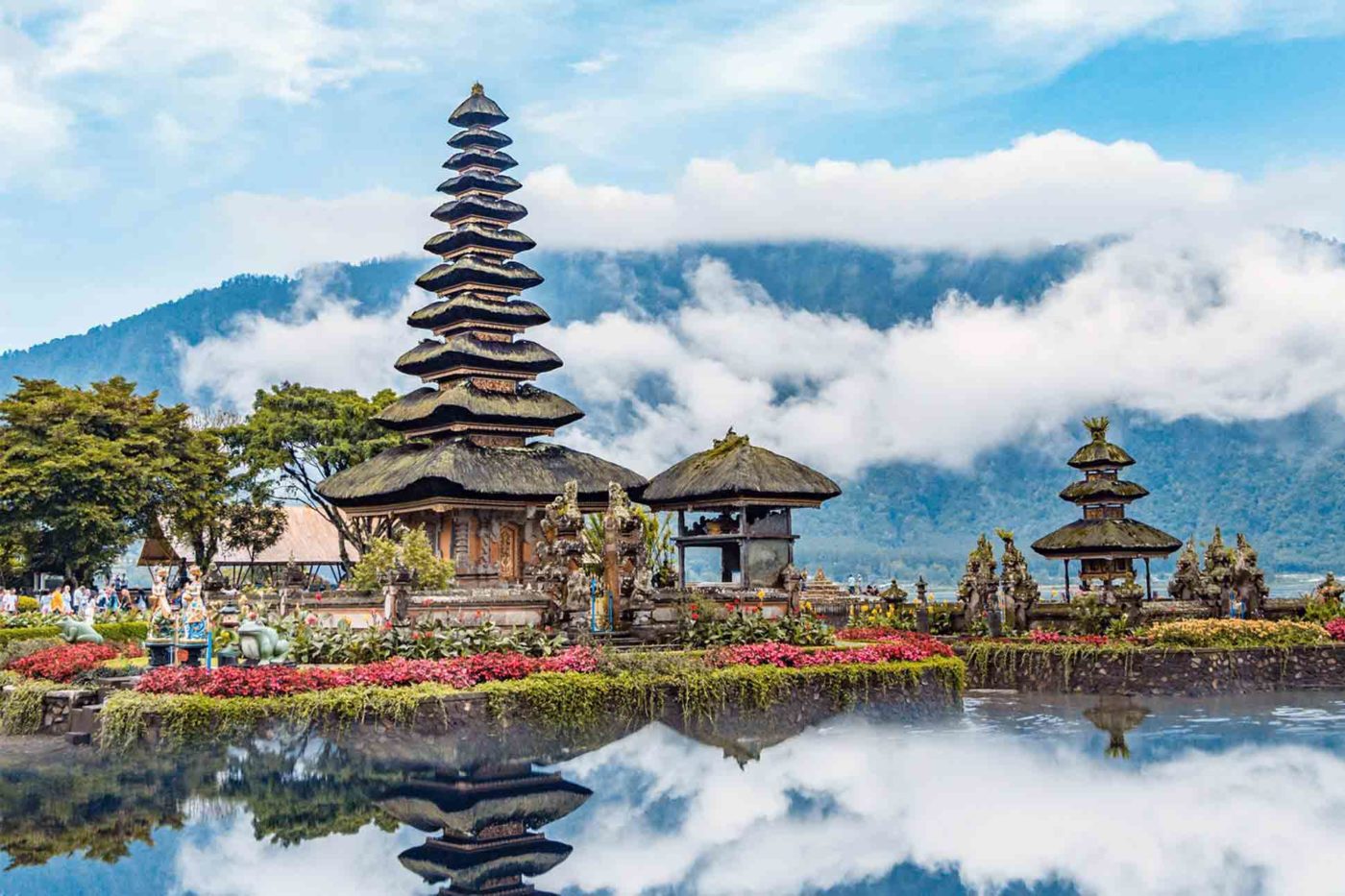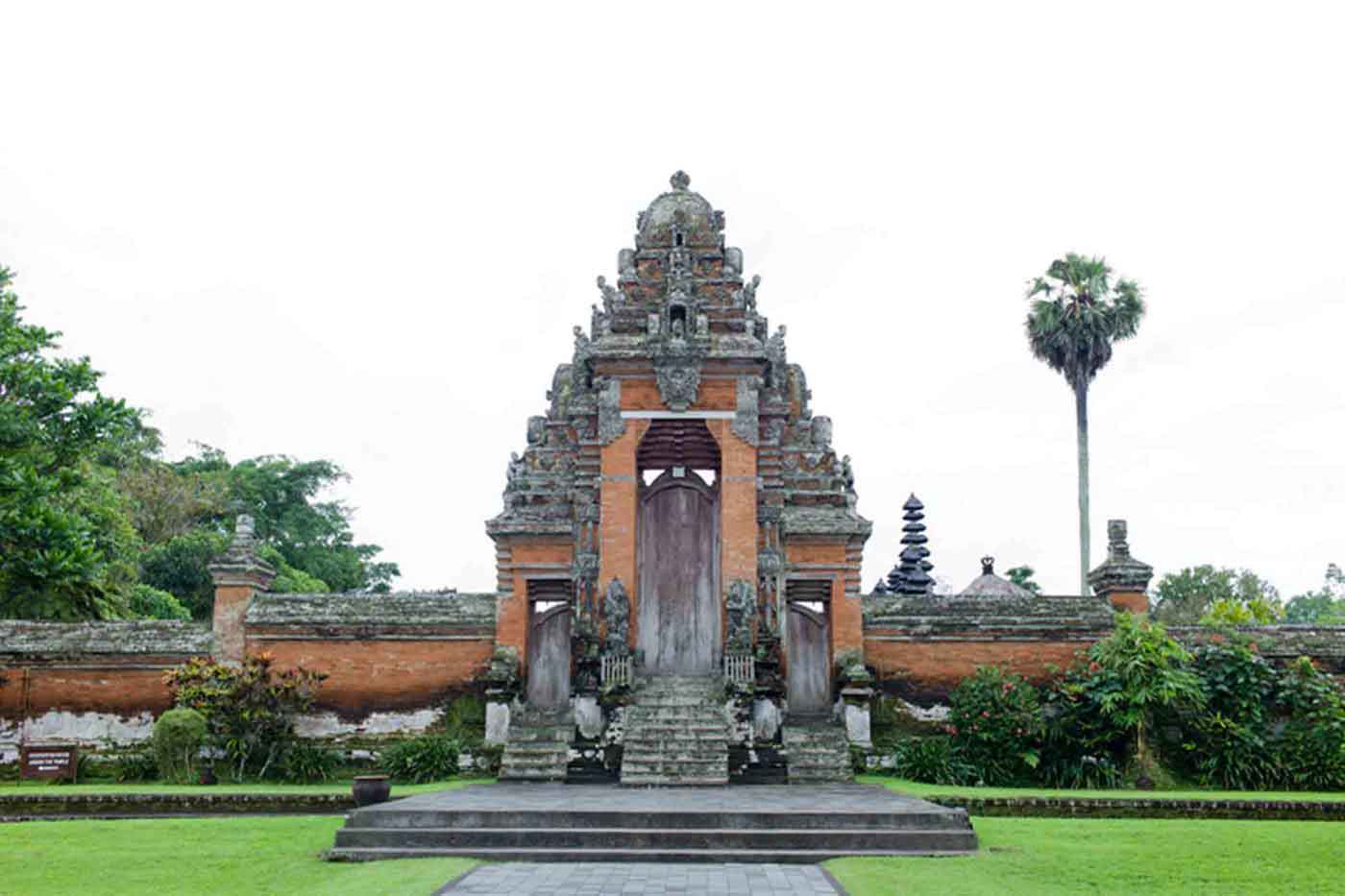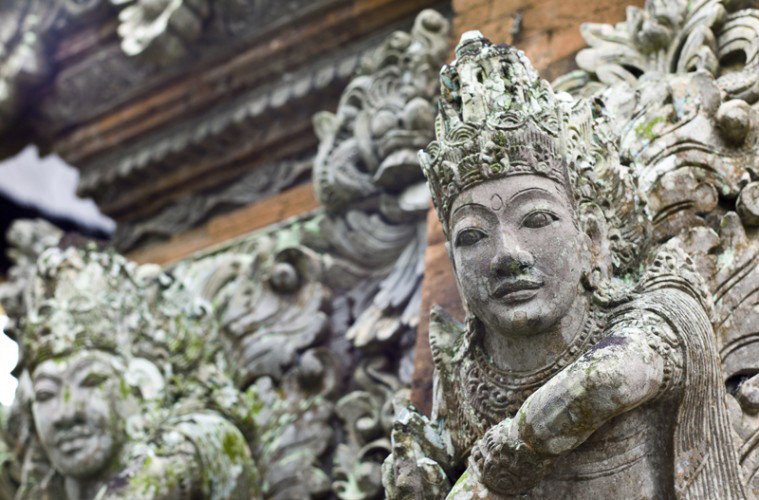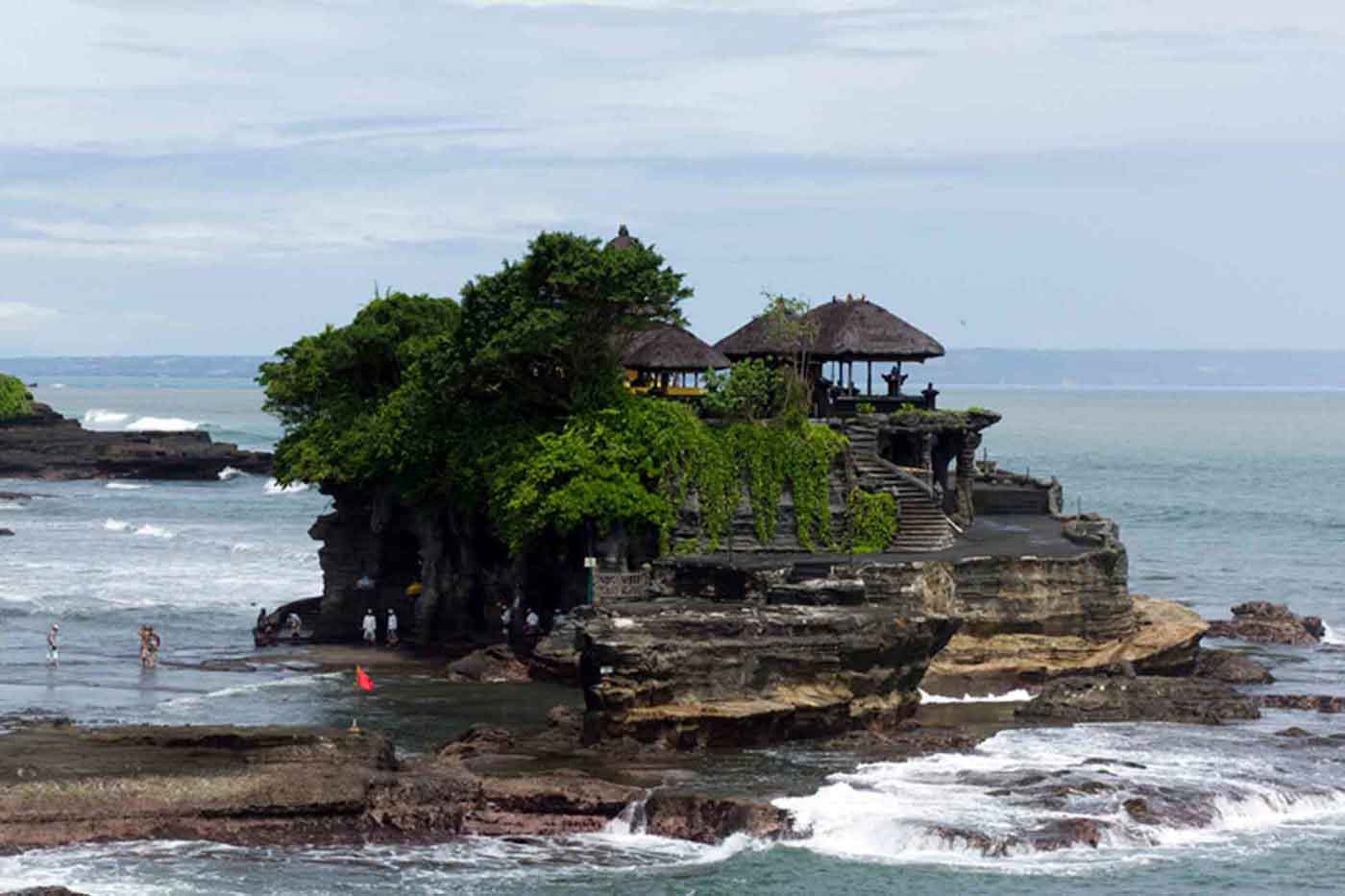Whilst visiting the ‘Island of the Gods’, Bali, Uwern Jong is fascinated by its religious sights and the local beliefs.
I’ve come to know Bali as a land of many aliases – and they’re all somewhat spiritual – ‘Island of the Gods’, ‘Land of a Thousand Temples’, ‘Morning of the World’ – a heavenly roll-call of sorts. It’s no real surprise, as I found that nearly every aspect of life on the island is steeped in religious belief.
For centuries Balinese people have believed in a mystic, invisible force, largely good but occasionally evil, that controls their very existence – something that is deeply rooted in the belief system and unquestionably the way things work. Modern life is built around it – once, arriving on Nyepi day (Balinese New Year), I found that even the most contemporary of hotels shut down completely, lights and all. Instead of the convivial celebrations that most other cultures enjoy to ring in the New Year, the Balinese observe a day of silence, fasting and reflection, policed by the Pecalang, traditional guardians of the phenomenon, who ensure that the stringent prohibitions are being adhered to. But don’t think it’s all pious modesty, they make up for it the following day with an Omed-omedan ceremony – a whole day of kissing!
I learnt that over ninety percent of the island’s population are practicing Hindus, of a special and very unique blend of Hindu, Dharma and Buddhism, fused with animism and ancestor worship. The big man, person, or being, is a God called Ida Sang Hyang Widhi Wasa, with his three manifestations known as Trisakti – the creator, the preserver and the transformer. This survived and thrived on the island, despite a history of national fascism, and the rest of Indonesia being mostly Muslim.
That is what makes Bali such an open-minded and ultimately welcoming place to visit – the religious system is based on a universal principle of life and consciousness, atma – ‘live and let live’ – and ‘doing good’ (karmaphala); the life game is all about scoring brownie points for your reincarnation. Balinese people believe that they have reached a level that mere mortals would consider heaven, and they must do their utmost to maintain their position within it. That’s why if you ask someone local what they think heaven is like, they say that it is just like Bali, except without the worries of mundane life.

This story first appeared in The Beautiful Bali Issue, available in print and digital.
Subscribe today or purchase a back copy via our online shop.
That’s why Balinese people don’t often leave the island, they want to live and die in ‘heaven’ and maximize the chance that they reincarnate there too. Indigenous beliefs revolve around nature as a force in itself, and each of its elements is derived from the spirit world. Gunung Agung in the East of the island, the ‘mother mountain’, is considered sacred and central to their beliefs – the abode of gods and ancestors. The sea, on the other hand, is the dwelling place of demons. Therefore nature, both good and evil, must be taken care of, in accordance with three principles, desa (place), kala (time) and patra (circumstance) – visitors will see this done in the numerous shrines, in every home, village and town. The spirits must be fed with offerings, you’ll see the simple palm leaf basket holding flowers, rice, money, biscuits, incense and even cigarettes, everywhere – a sign of respect, so as not to upset the balance.
There are rituals for literally everything, and at the heart of them all is the sacred Balinese temple, the meeting place for ancestral enlightenment. Temples (Pura) in Bali are walled, open yards, connected by a series of intricately decorated gates, towers and pavilions. Gods will normally ‘visit’ their human worshippers or descendants during temple festivals and ‘reside’ in miniature shrines set in the temple. The way the temple is laid out is all about its orientation to the mountain or the sea, as the homes of ancestors and demons.
I’m fascinated by these temples, as unlike other gilt-gold palatial places of worship around the world, Balinese temples are relatively humble and at one with their surroundings. Don’t get me wrong, some are breathtakingly beautiful and in the most spectacular of locations, but there is something very special in their simplicity. There are few societies in the world where religion plays such a heavy role as it does in Bali – and seemingly for all the right reasons. The delicate colour and beauty that accompany the rituals is simply ethereal.
I guess that this is what makes Bali so special, the strength of traditions preserves culture from outside influences, and merges social duties and religious obligations with nature, the environment and a sense of a community – where the onus is on the individual to be a catalyst for the greater good.
Photography by Martin Perry
Get out there
Do…
… temple-hop. Visits are generally quick and make for a unique experience but you won’t need to stick around a single place forever.
… wear a sarong when visiting a temple – this applies to men too (and if you like the look, we recommend taking one home).
… abide by the rules, these will be displayed in English at the temple’s entrance, sometimes with hilarious translations.
Don’t…
… time your visit for a feast day, whilst it may seem like a great opportunity, it isn’t always respectful to join in.
… step on the offerings. They’re everywhere and where you least expect them.
… visit if you have a cut or open wound. Don’t ever point with your index finger or touch anyone on the head; lefthanders must try very hard to use their right hand.
At OutThere, we believe in boundless travel. But we understand that some destinations can pose challenges to travellers that complicate visiting them. We advise all visitors to inform themselves about local legislation and customs, and to work with a trusted travel provider in order to ensure a safe and pleasant holiday.









